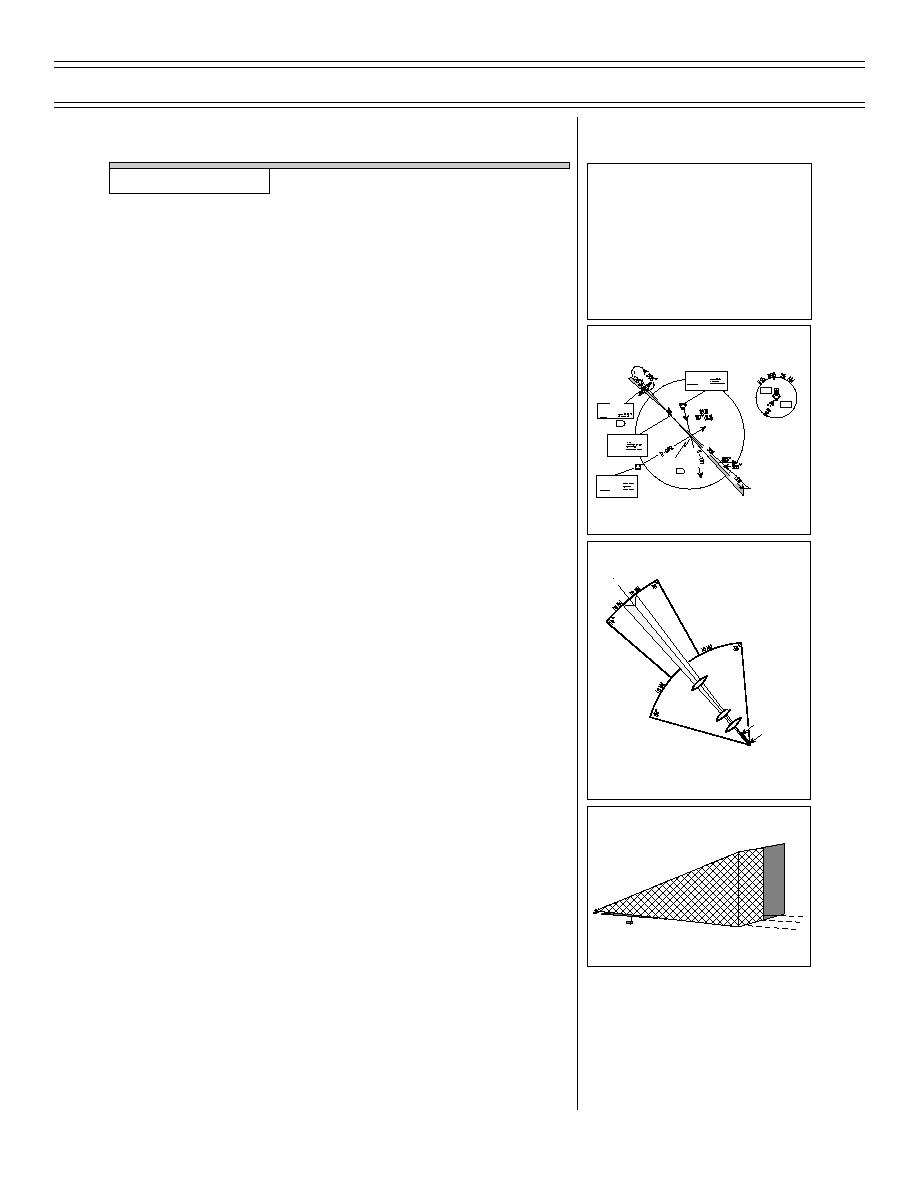
ILS Procedures
T-45C IUT BIFP-06
Sg 1, fr 2
PRESENTATION
INTRODUCTION TO RADIO
I.
Elements of an ILS approach 2.9.4.6.5,
INSTRUMENTS
2.9.4.6.1.1.1
* Elements of an ILS approach
A.
Localizer
* ILS approach procedures
1.
Provides azimuth for front and back course
Sg 1, fr 3
approach (unless antenna shielded from
back course)
BROWNSVILLE
116.3 BRO
Chan 110
2600
LOM
1600
2.
Usable range: 35 degrees within 10 nm
DEPOO
393 BR
I-BRO 7.4
and 10 degrees within 18 nm of course
LOCALIZER110.3
I-CRP
centerline unless published approach
Chan 40
(IAF)
CALIAINT
I-BRO 4.9
depicts a transition beyond this range
MATAMOROS
114.3 MAM
Chan 90
BACK COURSE LOC APPROACH
3.
Beam width is 5 degrees wide, 2 1/2
degrees either side of centerline
Sg 1, fr 4
4.
Transmits on odd tenths from 108.1 MHz
through 111.9 MHz - Aural Morse code
identifier will include the letter “I” preceding
the normal 3-letter identifier
OM
NOTE: The localizer sensing equipment
MM
displays aboard the aircraft are four times
IM
Runway
Localizer Antenna
as sensitive as TACAN and VOR displays.
LOCALIZER SIGNAL USABLE
B.
Glideslope transmitter
RANGE
Sg 1, fr 5, pg 1
1.
Produces a navigational signal which
provides vertical guidance for the pilot
(glidepath) along the localizer approach
course
2.5
2.5
NOTE: The ILS beam gradient
LOCALIZER BEAM
(glideslope) is normally set for a 3-degree
glidepath. However, the angle may be set
to other gradients due to terrain or obstacle
clearance and/or reception requirements.
(4-01) Original
Page 6-3



 Previous Page
Previous Page
